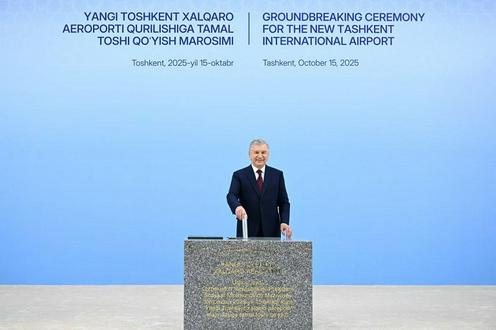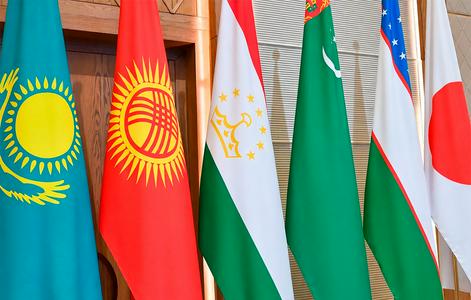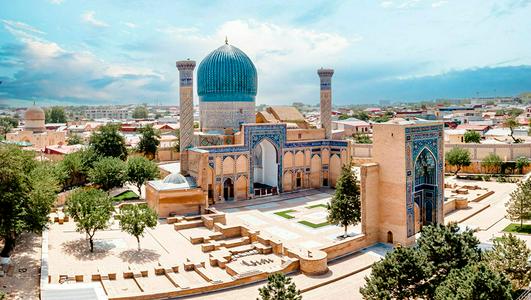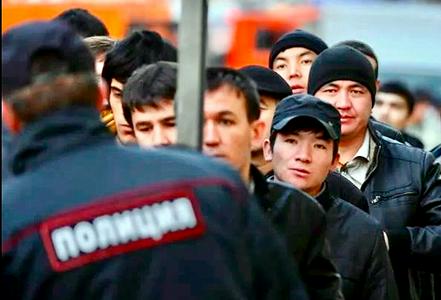President of Uzbekistan Shavkat Mirziyoyev has launched the construction of a new Tashkent International Airport, laying a capsule at the foundation of the future facility on October 15, according to his press service.
The need for a new airport near the capital arises from the sharp growth in passenger traffic: over the past eight years, the number of passengers traveling through Tashkent has tripled to nine million. By 2040, this figure is expected to exceed 24 million. The existing airport is designed for only 11 million passengers per year and, being located within the city, cannot be expanded.
As a result, it was decided to build a new international airport in the Urtachirchik and Kuyichirchik districts of the Tashkent region, on an area of 1,300 hectares.
The project is being implemented by a consortium of three companies:
✅ Vision Invest (Saudi Arabia)
✅ Sojitz (Japan)
✅ Incheon (South Korea)
Construction will take place in four stages. The first will include the construction of the terminal complex and the airfield, estimated at $2.5 billion.
According to the project, once operational, the new airport will be able to handle up to 20 million passengers and 129,000 tons of cargo per year, perform up to 30 takeoffs and landings per hour, and accommodate 62 aircraft simultaneously using 14 jet bridges.
The airport will meet the standards of the International Civil Aviation Organization (ICAO) in terms of service quality, safety, and technical regulation. It will be equipped with advanced navigation and meteorological systems, allowing aircraft to land in all weather conditions. It will also become the first airport in Central Asia built according to “green” construction principles.
The complex will be located near major highways connecting Tashkent with Samarkand and Andijan. A railway station will also be built to accommodate high-speed trains, and shuttle services will operate between downtown Tashkent and New Tashkent.
Experts estimate the project will bring over $27 billion to Uzbekistan’s economy, stimulate growth in services, industry, and tourism, and create thousands of jobs.
In recent years, the number of foreign tourists visiting Uzbekistan has risen from 3 million to 10 million; by 2030, it is expected to reach 15 million. The country therefore plans to continue modernizing the aviation sector, including the construction of new airports in Muynak, Kokand, Zaamin, Shakhrisabz, Saryasiya, and Sokh—bringing the total number of airports in Uzbekistan to 18.
Competition among carriers is also increasing: 15 new airlines have entered the market, and the national fleet has grown from 26 to 105 aircraft. In the coming years, the number of planes is expected to reach 180, with 230 routes and up to 200,000 annual flights.
“Ultimately, our goal is to turn Uzbekistan into a major aviation hub connecting East and West, North and South,” Mirziyoyev concluded.
During his trip to the Tashkent region, the president also visited a rice-growing cluster in the Kuyichirchik district and reviewed large projects being implemented in the “Yangi Avlod” special industrial zone located in the Yangihayot district of the capital.










